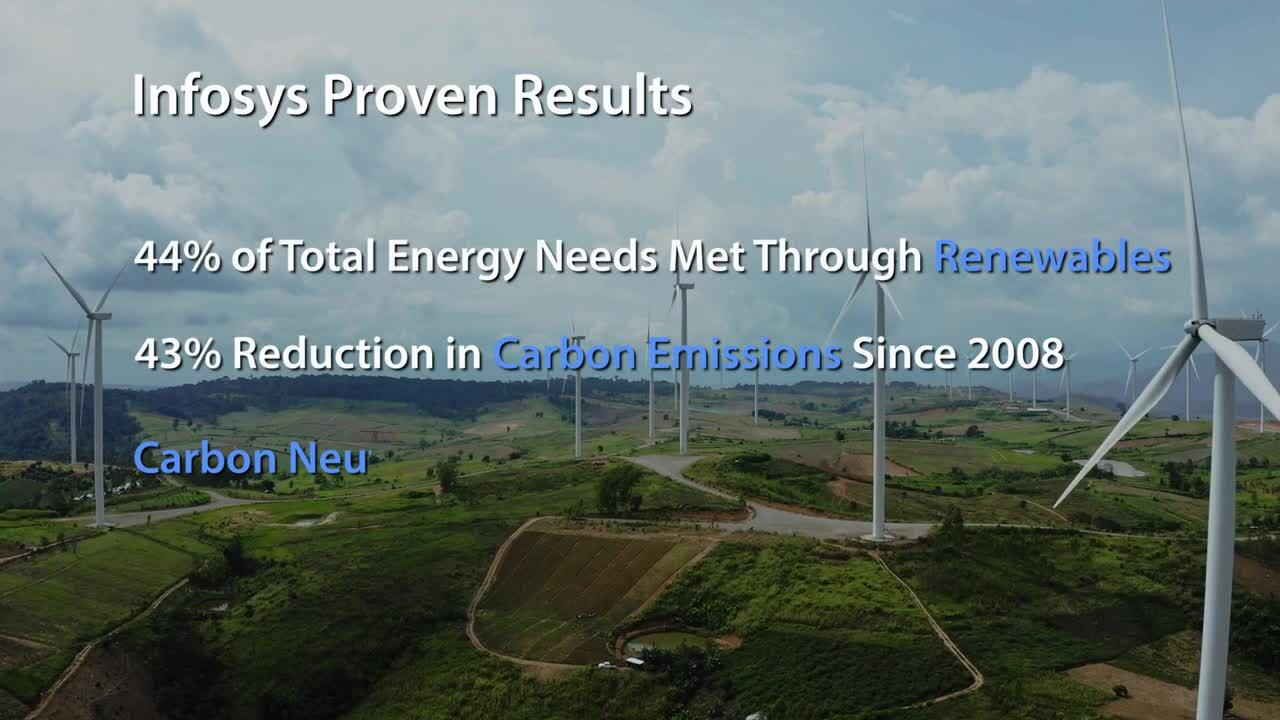The practical guide
to unlocking the
$2.5 trillion
business boom
LEARN MORE 


About the book
While certainly an inflection point, the pandemic simply accelerated several megatrends already in motion – creating a $2.5 trillion market for smart buildings and cities.
As a result, we're at the threshold of one of the great global business booms. From Google and Microsoft to niche unicorns, Practical Sustainability showcases the new Silicon Valley for the built world, and the roles required to deliver for people, planet and purpose.
At the intersection of these global megatrends and technologies, Corey Glickman, VP Sustainability & Design at Infosys, and Jeff Kavanaugh, Head of the Infosys Knowledge Institute, wrote Practical Sustainability.
The book provides a practical approach to creating and connecting smart spaces, with significant results that can be replicated by others, whether a global enterprise, small company, or government entity.
There are five overarching trends that have elevated sustainability to the boardroom agenda and a priority for first line employees:
The solution is Practical Sustainability, built on five essential elements:
The triple bottom line has come of age, pairing environmental awareness with a global business boom Practical Sustainability will become the guide for anyone to take action and make a difference in their own smart space or supply chain.
The case for practical sustainability – for large and small organizations. Taming the complexity of general contracting, logistics, and orchestration. Organic and digital, one to many. Journey to practical sustainability.
Redefining sustainability. The new economics: generating profits while serving people and respecting planet. Navigating the maze of sustainability standards across business and government.
From extractive push to regenerative pull. Predictive PLM. Integrated commerce. The providence of provenance. Green finance multiplier.
Experience matters: increased emphasis on occupants and first line workers. Buildings as human image and aspiration. Elevating safety and security, yet productivity still important. The ethics of intelligent buildings and supply chains.
Emergence of systems design and implications for intelligent buildings and supply chains. Dynamic intersection of multiple systems. Privacy and security. Applied AI and machine learning. Predict, observe, execute.
Visibility across the built environment. Single source of truth. Enabling the technology ecosystem. Understand past, observe present, predict future.
From static structure to dynamic value driver. Technologist as trusted advisor. Smart cities, with connected infrastructure and intelligent building networks.
Planning, design, and implementation considerations. New roles and responsibilities for each actor. From compliance to adoption. Adaptability, from scheduled service to condition based. Designed, conceived, and built in our image and needs.
The role of buildings and supply chains in our physical+digital future. Escape velocity to scenarios in outer space. The aspirational end. How thinking about off-world smart spaces will improve perspective for today’s earth-bound problems. The Star Trek effect.